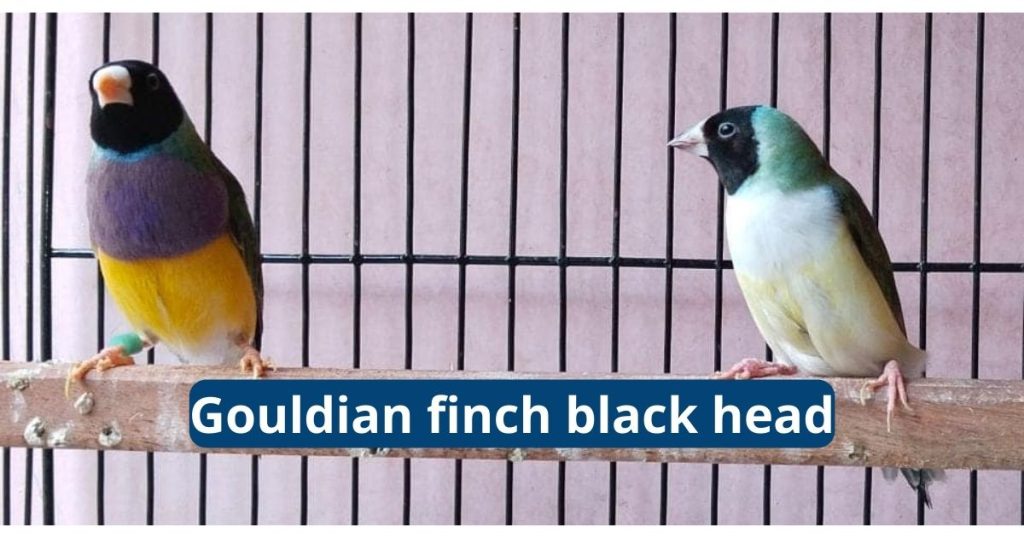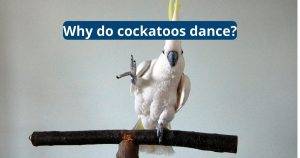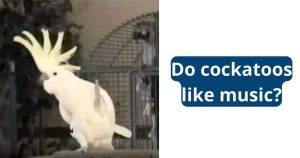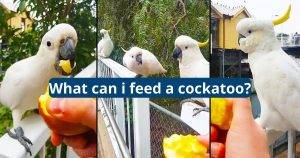Gouldian Finch Black Head

In captivity, Gouldian finches with the Black mutation rarely survive outdoors. They also have a poorer survival rate in indoor aviaries. Future studies should explore whether head color morphs differ in behavior in the wild. For example, dietary generalists are expected to embrace new foods rapidly in response to environmental change, while dietary specialists are averse to these changes.
Origin
Gouldian finches were first described by the British ornithological artist John Gould in 1844. He assigned different species names to the three morphs, and there was considerable debate for half a century on whether these constituted separate species or subspecies.
The Gouldian finch is a tropical savannah woodland bird that breeds in tree hollows, termite mound holes or in dry grass. It is an obligate cavity-breeder and nests in pairs. It is a non-migratory bird that spends most of its life in the north of Australia and in parts of Western Australia.
The Gouldian finch has two primary head colors – red and black. There is a third color, orange, but this would not survive in the wild because it reduces the expression of melanin. Gouldian finches mate assortatively by head color and there is evidence of genetic incompatibilities between morphs that lead to higher mortality in offspring. However, in captivity indiscriminate breeding between heads of opposite colors does not appear to reduce the survivability of chicks.

Habitat
Gouldian finches use tropical savannah grassland in northern Australia. They are a monogamous species with long-lasting pair bonds and nest in tree holes. Males bob about and ruffle their feathers to court females.
They are obligate cavity breeders and prefer sites with a higher density of available cavities. They are also able to tolerate drought, although breeding occurs in the dry season.
During the non-breeding season, Gouldians are semi-migratory. They join mixed flocks with other birds, such as the Long-tailed finch and Masked finch. This probably helps to protect them from predators.
The head color of a Gouldian finch is thought to indicate its personality. Research from LJMU has shown that head colour morphs of Gouldian finches differ in exploratory and risk-taking behaviour. Black-headed Gouldian finches tended to follow other species to waterholes, which may help them mitigate risk from predators. This behaviour differed between adult and juvenile birds, suggesting that a lack of experience in the wild may increase predation risk for young Gouldians.
Breeding
Gouldian finches typically lay a clutch of eggs which hatch within 19 to 23 days. Both parents help incubate the eggs and rear the young. Young are able to fly at 10 days. A male can be distinguished by his courtship dance, which involves bobbing around ruffling and expanding his feathers.
In the wild it has been observed that the head color of a male Gouldian can influence which sex it will breed with. A study led by Sarah Pryke at Macquarie University found that females who paired with red males who had blackened heads over-produced sons. Conversely, mixed pairs produced a more equal number of daughters.
It is also believed that the head colour of a male can influence behaviour in a flock. For instance, the less conspicuous sex may explore novel objects more readily [34]. In Gouldian finches it has been seen that black-headed birds descend first to waterholes (prediction 1A). This is thought to be an antipredator strategy.

Care
Gouldian finches are good pet birds, but they can be stressful if handled. They prefer to be observed from a distance and will not bond with people, but they can become attached to other cagemates. These birds are not for beginner avian enthusiasts as they are delicate and easily stressed. They are also prone to airsack mites, which can cause respiratory infections.
They are a seed-eater and will eat from feeders or forage on the ground for fallen seeds in the wild. In captivity, they are often fed a mix of seed and pellets. They build open-cup nests in tree hollows or termite mounds, and several pairs will share the same site. They lay up to eight eggs, which both male and female incubate during a 12 to 13-day period.
Despite their bright colors, Gouldian finches are declining in the wild. There are currently less than 2,500 of these beautiful birds remaining in the wilderness, and they are listed as endangered by the Australian government.





